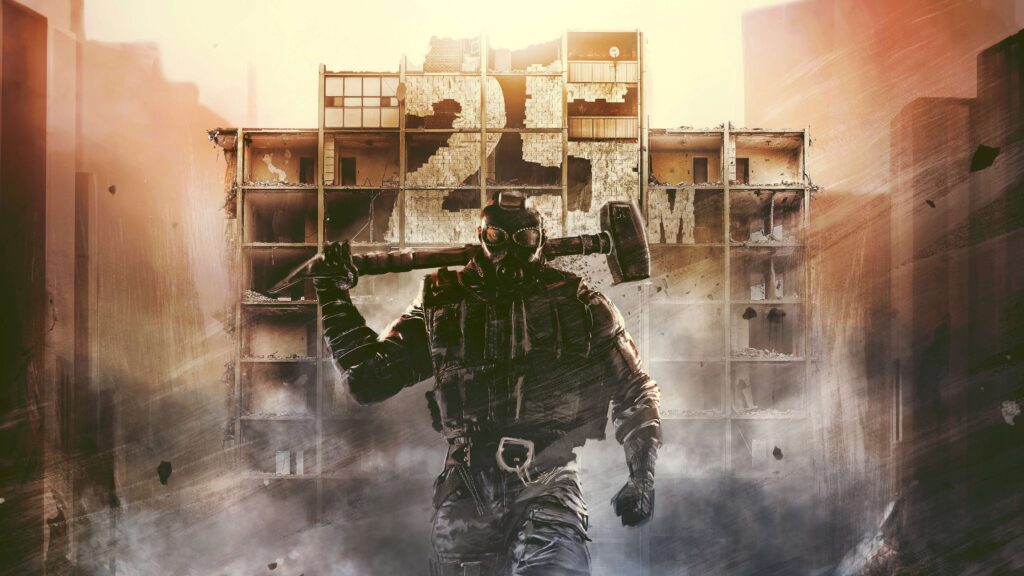
Hey, fellow gamers! When we think about the Resident Evil series, we often focus on its terrifying monsters, immersive storylines, and amazing game art. But today, let’s talk about something that’s just as crucial to the gameplay experience – the game controls. These controls have changed a whole lot over the years, and they’ve really shaped how we play and enjoy these spooky adventures.
Back in the early days of Resident Evil, the controls were a bit… well, let’s say unique. The original game, released on the PlayStation in 1996, used a fixed – camera perspective. You know, those pre – set camera angles that would switch as you moved your character around. This meant that you couldn’t freely look around like you can in some modern games. And the movement controls were what we now call “tank controls.” Your character moved in a very rigid way, kind of like a tank. You’d press the forward button, and your character would move straight ahead, regardless of which way the camera was facing. Turning took a bit of getting used to, too. It wasn’t the most fluid or intuitive control scheme, but it actually added to the game’s charm and difficulty. It made you feel more vulnerable, like you were really a regular person trying to survive in a zombie – filled mansion. For example, when you were trying to navigate through the narrow hallways of the Spencer Mansion, you had to be really careful with your movements. One wrong turn, and you might find yourself face – to – face with a growling zombie, and those tank controls made it a challenge to quickly back away.
As the series progressed, the developers at Capcom realized that they needed to update the controls to keep up with the times and make the gameplay more accessible. In Resident Evil 4, which was a huge game – changer for the series, they introduced the over – the – shoulder perspective. This was a massive improvement! Suddenly, you could see your character from behind, and it gave you a much better sense of your surroundings. The movement controls became more fluid as well. You could now move in more of a free – form way, not just in the rigid tank – like fashion of the earlier games. You could also aim and shoot more precisely. This new control scheme made the combat feel more intense and satisfying. When you were facing off against the Ganados in Resident Evil 4, being able to quickly aim at their heads and take them down with a well – placed shot was a huge upgrade from the more clunky combat of the previous games.
But Capcom didn’t stop there. In later installments like Resident Evil 5 and 6, they continued to refine the controls. They added more context – sensitive actions. For instance, in Resident Evil 5, when you were near a ledge, your character would automatically perform a climb – up or slide – down animation. This made the gameplay flow better and added more realism to the actions. You could also perform co – op actions with your partner more easily. In co – op mode, you and your friend could work together to perform special moves, like one person boosting the other over a fence. These new controls made the multiplayer aspect of the game much more engaging.
The latest entries in the Resident Evil series, like Resident Evil 7 and Resident Evil Village, have taken the controls to another level. They’ve embraced first – person or a more immersive third – person perspective, depending on the game. In Resident Evil 7, the first – person view really put you right in the middle of the terrifying action. The controls were designed to make you feel every step, every turn, and every scare. You could interact with the environment in new and interesting ways. Opening doors, searching through drawers, and using items all felt more natural. And in Resident Evil Village, the third – person over – the – shoulder view with refined controls allowed for a great balance of exploration and combat. You could smoothly dodge attacks from the terrifying Lady Dimitrescu and her daughters, and the aiming and shooting mechanics were even more polished.
The game controls in the Resident Evil series have come a long way. From the somewhat awkward but charmingly challenging controls of the early games to the smooth, intuitive, and immersive controls of the latest releases, they’ve continuously adapted to enhance our gaming experience. Whether you’re a long – time fan who remembers struggling with those tank controls or a new player enjoying the modern, fluid controls, it’s clear that the evolution of game controls in Resident Evil has been a key part of what makes this series so beloved. So, the next time you’re playing a Resident Evil game, take a moment to appreciate how far the controls have come and how they’re making your spooky adventure even more enjoyable.